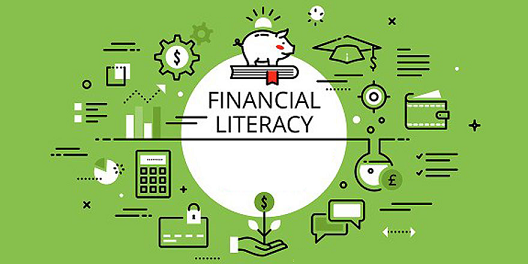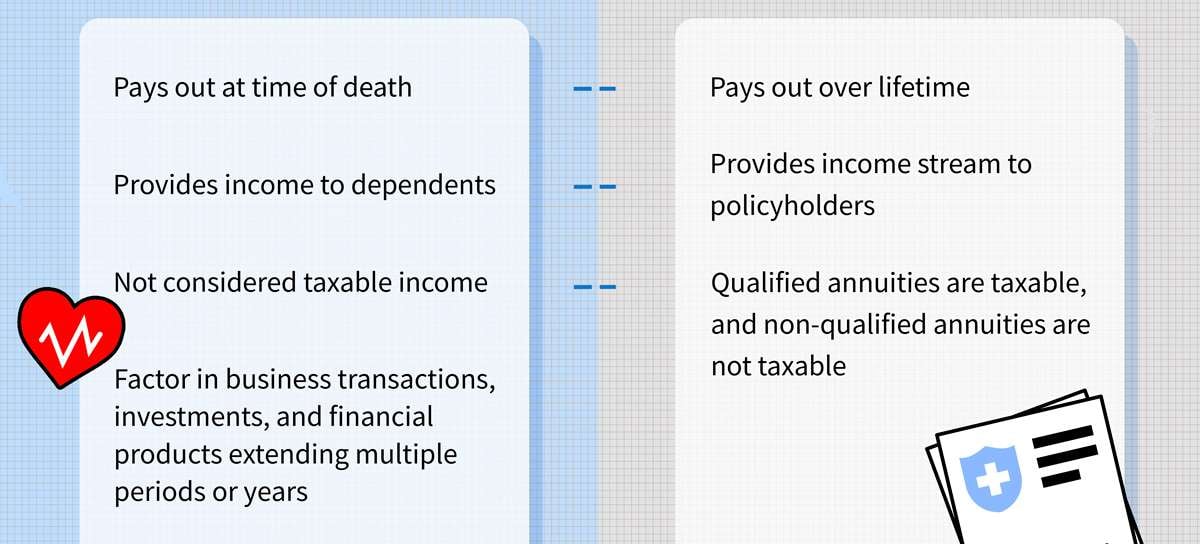Drowning in Debt
Americans own $1.74 Trillion in federal and private student loan debts of the second quarter of 2024. Let us help you with finding the best options for you. The consultation is free!
There are many programs for those who have Federal Student loans. If you work for a non profit, city, state or government entity you could be approved for the Public Service Loan Forgiveness. There is also a Teacher and Nurse Forgiveness!


5 Successful Finance Keys
Budgeting:
Key Concept: Creating and sticking to a budget is fundamental to financial success. A budget helps you understand where your money is going, plan for expenses, and allocate funds toward savings and investments.
Implementation: Track your income and expenses, categorize spending, set financial goals, and adjust your budget as needed. Regularly reviewing and adjusting your budget ensures that it aligns with your financial priorities.
Emergency Fund:
Key Concept: Building and maintaining an emergency fund provides a financial safety net for unexpected expenses or emergencies, such as medical bills, car repairs, or job loss.
Implementation: Aim to save three to six months' worth of living expenses in a readily accessible account. Start by setting aside a small percentage of your income each month until you reach this goal.
Debt Management:
Key Concept: Effectively managing and reducing debt is crucial for long-term financial health. High-interest debt can hinder your ability to save and invest for the future.
Implementation: Prioritize high-interest debt repayment, such as credit cards, while making at least minimum payments on other debts. Consider debt consolidation strategies and explore options for negotiating lower interest rates.
Investing for the Future:
Key Concept: Investing allows your money to grow over time, helping you build wealth and achieve financial goals such as retirement, education, or homeownership.
Implementation: Diversify your investments across different asset classes, such as stocks, bonds, and real estate. Consider your risk tolerance and investment timeline when creating a well-balanced investment portfolio. Regularly review and rebalance your portfolio as needed.
Continuous Learning:
Key Concept: Staying informed about personal finance, investment strategies, and economic trends is essential for making informed financial decisions.
Implementation: Read books, attend workshops, follow reputable financial news sources, and seek advice from financial professionals. Regularly reassess and update your financial goals based on changing circumstances and market conditions.
Student Loans
Managing student loans effectively is crucial for financial stability after graduation. Here are some tips to help you navigate and manage your student loans:
Understand Your Loans:
Know the types of loans you have, whether federal or private. Understand the terms, interest rates, and repayment options for each loan.
Create a Budget:
Develop a realistic budget that includes all your expenses, such as rent, utilities, groceries, and loan payments. This will help you allocate funds responsibly.
Explore Repayment Plans:
Federal student loans offer various repayment plans, including income-driven repayment (IDR) plans. Explore these options and choose a plan that aligns with your financial situation.
Consolidation and Refinancing:
Consider loan consolidation if you have multiple federal loans. This simplifies repayment but may not lower your interest rate. Refinancing, available for private loans, could lower your interest rate but may come with loss of federal benefits.
Emergency Fund:
Build and maintain an emergency fund to cover unexpected expenses. This can prevent you from relying on credit cards or falling behind on loan payments during financial hardships.
Stay in Communication with Your Loan Servicer:
Keep your loan servicer informed of any changes in your contact information or financial situation. They can help you explore alternative repayment options if you're facing difficulties.
Utilize Grace Periods and Deferment/Forbearance Options:
If you're unable to make payments due to financial hardship, look into deferment or forbearance options. Be aware that interest may continue to accrue during these periods.


Free Consultation
We will help you analyze your student loans and help you understand where you currently are and how to move forward within your set goals. Explore these options and choose a plan that aligns with your financial situation.
Understanding student loans is crucial for individuals pursuing higher education. Student loans are financial instruments designed to help students cover the costs of tuition, fees, books, and living expenses while attending college or university.
It's crucial for students and their families to thoroughly research and understand the terms and conditions of any student loans they consider taking on. Borrowers should make informed decisions based on their financial situation and goals. Seeking advice from financial aid offices, reputable sources, and loan servicers can help clarify any uncertainties.
Types of Student Loans
Federal Student Loans: These loans are offered by the U.S. Department of Education and include options like Direct Subsidized Loans, Direct Unsubsidized Loans, and Direct PLUS Loans.
Private Student Loans: Provided by private lenders, these loans may have varying terms and conditions. Interest rates and repayment options depend on the lender.
Interest Rates:
Federal Student Loans: Interest rates for federal student loans are set by the government and can be fixed or variable. Direct Subsidized Loans usually have lower interest rates compared to Direct Unsubsidized Loans and PLUS Loans.
Private Student Loans: Interest rates on private student loans are determined by the lender and may vary based on creditworthiness.
Subsidized vs. Unsubsidized Loans:
Subsidized Loans: The government pays the interest on subsidized loans while the borrower is in school, during the grace period, and during deferment.
Unsubsidized Loans: Borrowers are responsible for paying the interest on unsubsidized loans at all times.
Contacts
Sha@prosclub.net
Subscribe to our newsletter
(888)756-2670
473 E. Carnegie Dr.
San Bernardino, CA 92408
